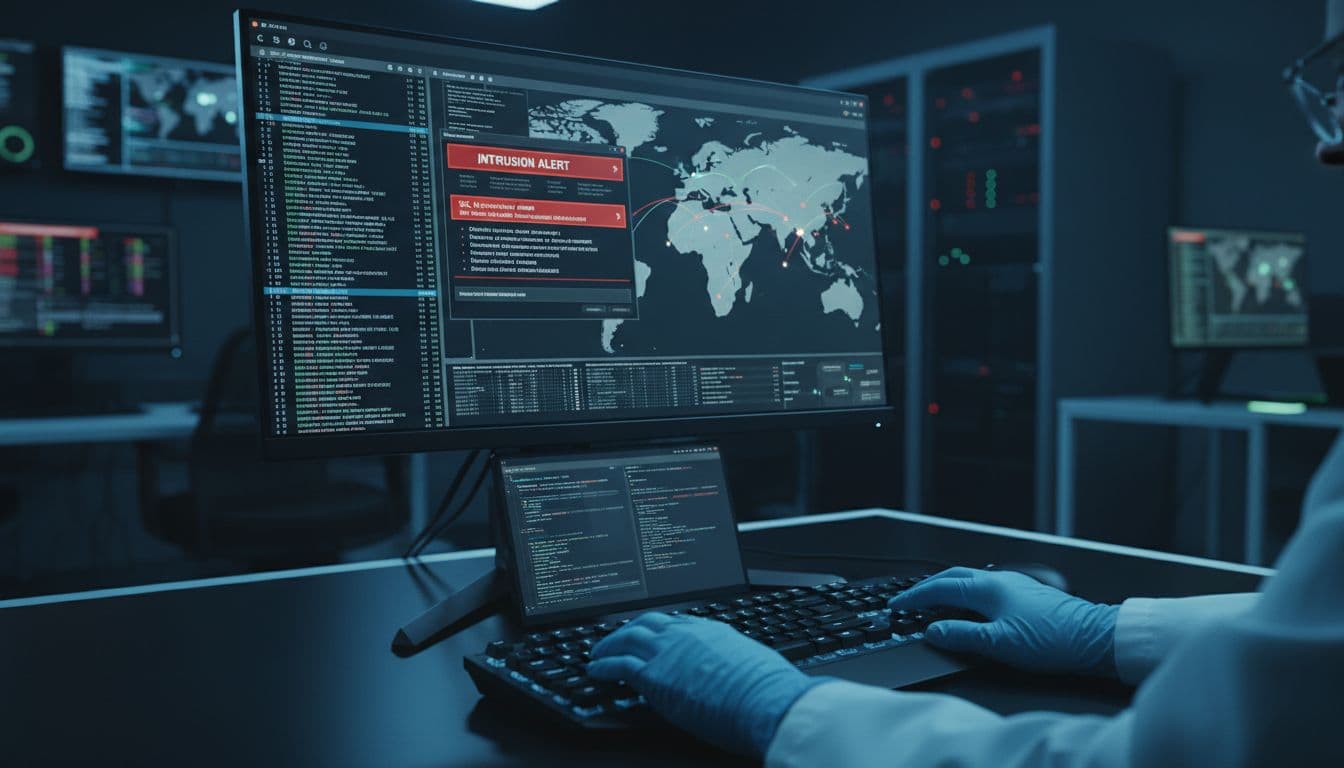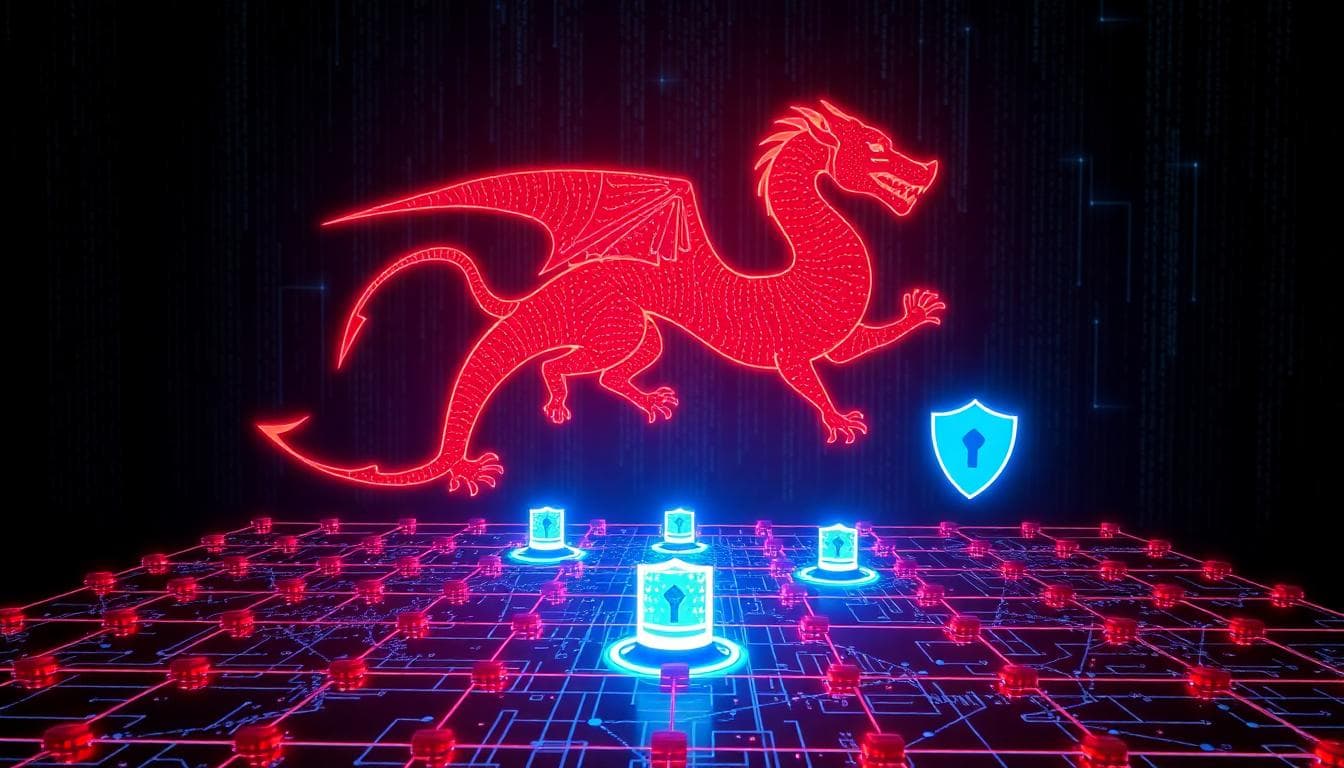China says it has uncovered technical evidence linking a cyber intrusion at a state agency to US sources. The claim adds new tension to a long-running series of accusations between major powers over hacking and espionage. Details are still emerging, and public forensic data is limited. Even so, the case highlights how cyber operations and diplomacy now move in lockstep.
Below is a clear explainer of what has been alleged so far, how investigators typically verify such claims, the likely diplomatic fallout, and what organizations can do to protect their networks amid rising cross-border cyber activity.
What’s Been Alleged
Officials in China stated that investigators traced malicious activity into a government system and linked it to infrastructure believed to be associated with US-based operators. They referenced suspicious network traffic, command-and-control patterns, and tool behavior. Public agencies often release summary findings first, with deeper technical data coming later, if at all.
At this stage, key questions remain open: which specific agency was targeted, what data was accessed, what malware families were used, and how the operators maintained persistence. Without a full technical report, outside experts will watch for indicators of compromise, TTPs (tactics, techniques, and procedures), and overlap with known threat groups.

How Cyber Attribution Typically Works
Attribution is hard and often disputed. Analysts look for recurring signals that connect an incident to a known actor, such as:
- Infrastructure links, like reused servers, domains, or cloud accounts.
- Malware code overlaps or unique custom tooling.
- Operational rhythm, including working hours and campaign timing.
- Targeting patterns that match a known mission set.
- Language artifacts, compiler settings, or metadata.
Strong attribution combines technical indicators with intelligence, such as prior cases and classified sources. Public reports may point to “likely” or “highly likely” connections rather than absolute proof. That nuance often gets lost in headlines.
Why This Matters
Allegations like this are more than a technical dispute. They shape trade talks, export controls, and security alliances. Government networks often hold sensitive data, so a confirmed breach can drive new regulations, deeper audits, and tighter procurement rules. It can also trigger retaliatory measures, from sanctions to counter-hacking claims.
For businesses, the risk is spillover. When governments harden networks and restrict vendors, supply chains must adjust. Companies that operate across borders may face new compliance checks, data localization pressures, and stricter incident reporting.

What to Watch Next
- Official technical reports with indicators of compromise and hash values.
- Statements from the accused side; expect denials and calls for evidence.
- Third-party analysis from security labs validating or challenging claims.
- Any sanctions, indictments, or diplomatic protests that follow.
- Copycat narratives that invoke the case to justify new controls or investigations.
Practical Steps to Protect Your Organization
Regardless of attribution debates, the defensive playbook stays steady. Focus on fundamentals that block most intrusion attempts and limit damage.
- Identity hardening: enforce phishing-resistant MFA, rotate admin creds, and apply least privilege.
- Patch velocity: prioritize internet-facing systems and high-CVSS vulnerabilities.
- Network segmentation: isolate crown jewels and monitor east-west traffic.
- Email and browser isolation: reduce the blast radius of malicious attachments and links.
- EDR/XDR coverage: deploy endpoint detection and response with tuned rules.
- Backups and recovery drills: keep offline backups and practice restore time objectives.
- Threat intel and detections: subscribe to feeds; write detections for known TTPs.
- Supplier risk: review vendor access and require incident reporting clauses.

FAQ
Did China publish technical proof?
As of now, only limited public details are available. Watch for indicators of compromise and tooling specifics in future disclosures or third-party analyses.
How reliable is cyber attribution?
It is probabilistic. Strong cases show multiple, independent signals. Governments may hold classified evidence that the public cannot review.
What data is usually targeted in state agency intrusions?
Credentials, policy documents, internal communications, and data that reveal decision-making or negotiation positions.
China’s claim of a US-linked cyber attack signals another turn in a larger contest over digital power and access. Until full evidence is public, independent experts will reserve judgment. For organizations, the takeaway is practical: assume targeted campaigns will continue, and build defenses that make intrusions noisy, containable, and recoverable. The best response to geopolitics in cyberspace is disciplined security at home.
To contact us click Here .

